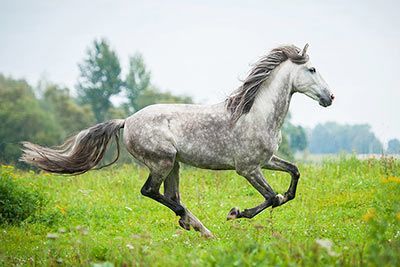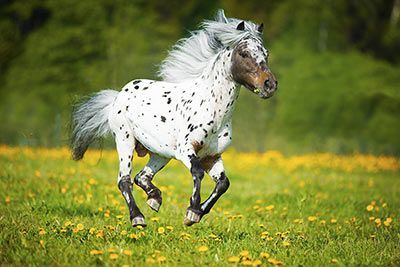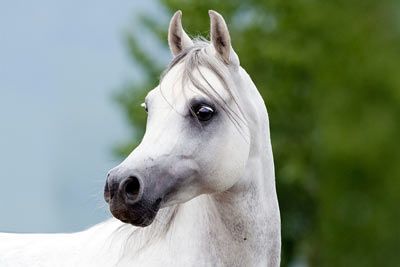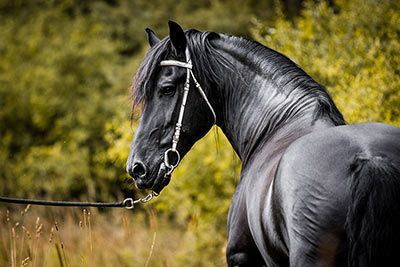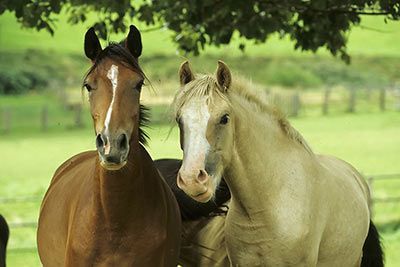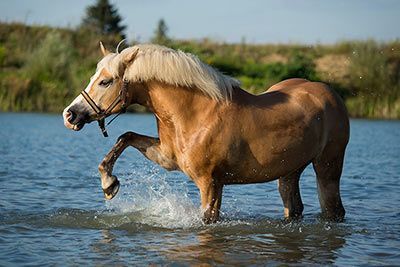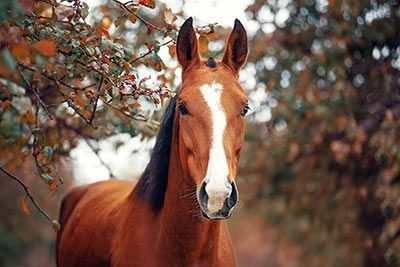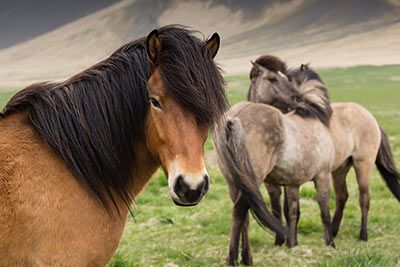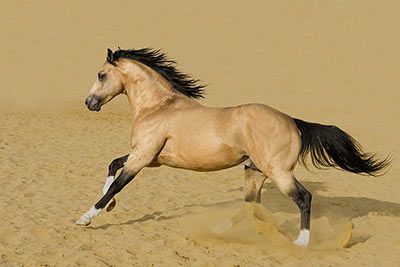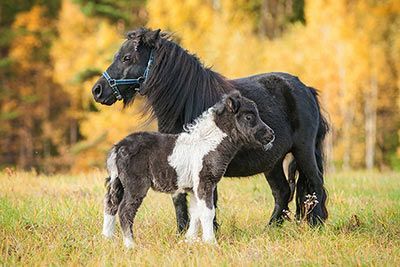Hanoverian
Hanoverian Horse Breed Profile
| Height | 15.7-18.2 hands (63-73 inches; 160-185 cm) |
| Body | Sturdy |
| Head | Big eyes |
| Neck | Long, noble |
| Colors | Bay, black, chestnut, gray |
| Temperament | Eager to learn, attentive, spirited |
| Gait | Athletic, energetic |
| Type | Warmblood |
| Origin | Germany |
| Bred since | 16th century |
| Suited for | Leisure riding, dressage, show jumping |
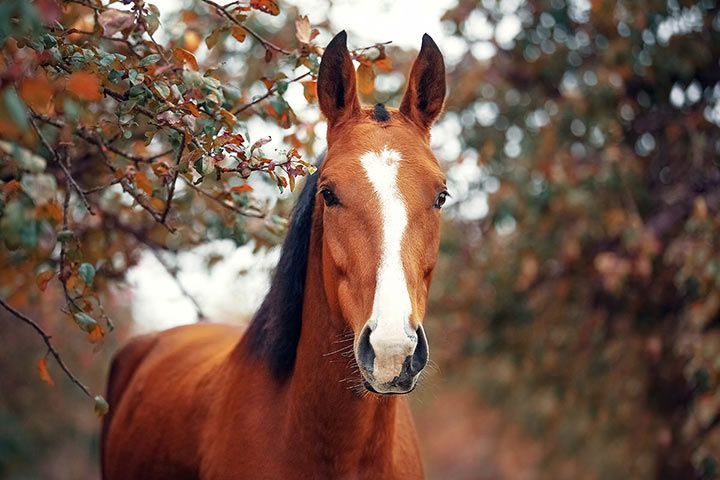
A Show Horse
The Hanoverian is one of the most successful breeds in equestrian sports – incredibly noble and energetic at the same time! It is an excellent jumper and so elegant that it can also fascinate in dressage with its graceful movements. Even in eventing contests the Hanoverian often achieves one of the top positions.
Noble Like Trakehners and Thoroughbreds
In the 16th century, the Hanoverian was a devoted work horse of farmers and military units. When farmers started to increasingly make use of machines, the Hanoverians became sport horses. One of the little secrets of success in its breeding history was the mixing with Trakehners and thoroughbreds, which further contributed to the breed’s nobility. Since the 19th century, Hanoverians are amongst the most famous show horses.
Spirited and Strong-Nerved
The Hanoverian can be very spirited, but the animal hardly ever loses control and mostly remains balanced and down-to-earth. The willingness and courage of the Hanoverian are specifically notable. No challenge is too big for it!
They Often Win Olympic Medals
Until now, Hanoverians have gained gold medals in more than 25 Olympic tournaments. In addition, many horses of this breed have become jumping and dressage world champions. Therefore, the Hanoverian is a rather successful show horse – particularly the Hanoverian “Goldfever” that helped the famous show jumper Ludger Beerbaum to win a team gold medal in Sydney (Australia) in 2000.
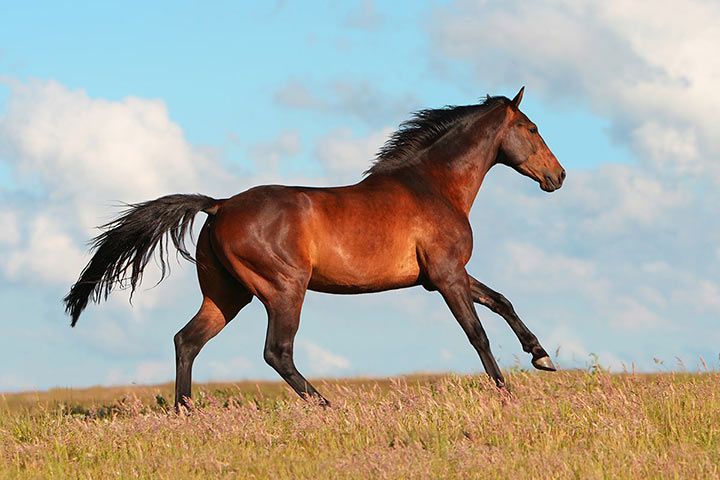
Where Does the Name Come From?
Ok, this is easy. The Hanoverian comes from the federal state of Lower Saxony with its capital, Hanover. George II, King of England and Elector of Hanover, also had great influence: In 1735, he initiated the breeding of Hanoverians in Celle, Lower Saxony.
Fun Facts
Hanoverians are rather expensive because they are excellent show horses. At the so-called Elite Auction in Verden (Lower Saxony) in 2012, a Hanoverian foal was sold for no less than 58,765 dollar (48,000 euro).

